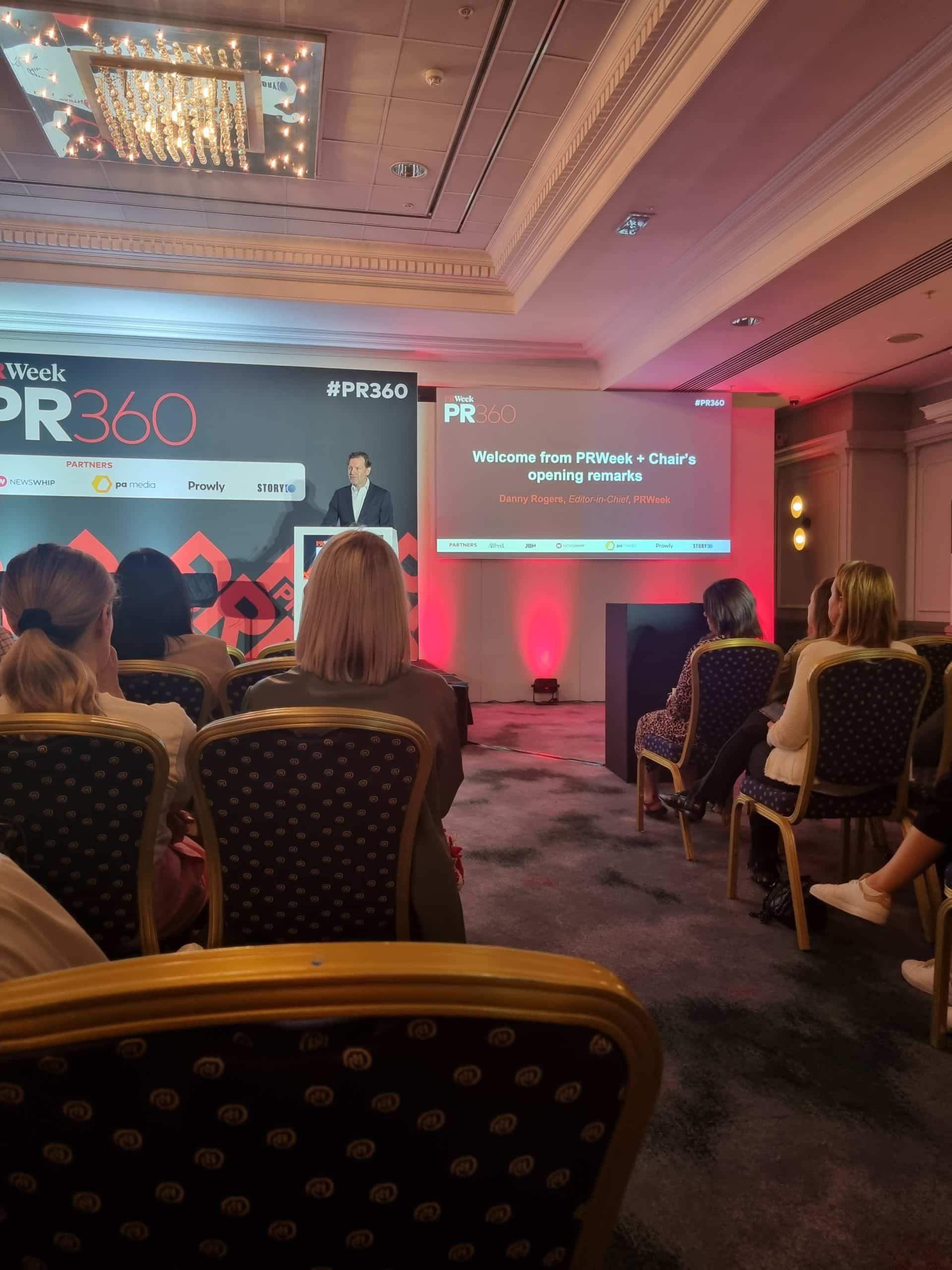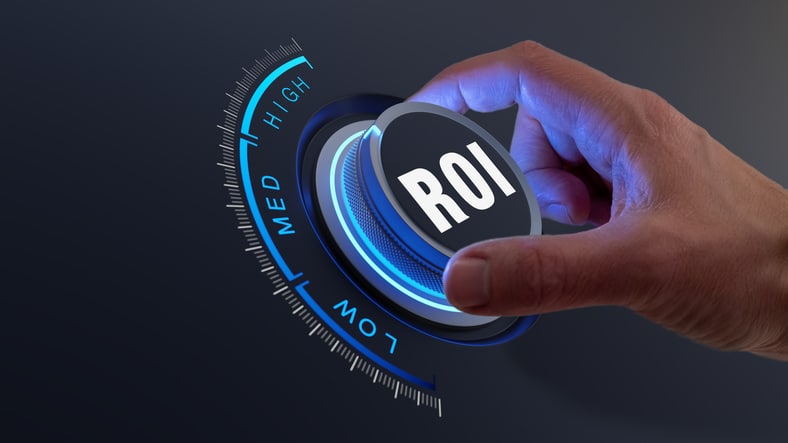
I was down south in sunny Brighton last week at PR Week’s annual PR360 conference and there were a number of talks that got me thinking and one of them was about clear measurement.
Measurement is the big issue that so many marketers and PRs often struggle with and it is one of the reasons I have implemented a new AMEC-based measurement product at my agency to ensure we are at the top of our game when it comes to measurement.
As PR professionals, we know how important it is to measure the impact of your campaigns on your brand awareness, reputation, and sales. But how do you do that in a fast-changing and competitive digital landscape? Well, one of the metrics that can help you answer this question is share of search (SOS), which measures how often people search for your brand name, or particular keyword, related to your products or services online. SOS is a simple but powerful indicator of your brand’s visibility, relevance, and demand in the market.
Why is SOS useful for PR measurement?
SOS has several advantages over other metrics, such as impressions, reach, or sentiment analysis. Here are some of them of the top of my head:
- SOS is easy to calculate and track. You can use free tools like Google Trends or Bing Webmaster Tools to compare your brand’s search volume with your competitors’ or industry benchmarks over time.
- SOS is responsive and timely. You can see how your PR activities affect your SOS almost in real time, and adjust your strategy accordingly – that would make you very clever and important to your client. For example, if you launch a new product or service (classic for us PRs), you can monitor how it impacts your SOS and whether it generates more interest than your competitors’.
- SOS is objective and reliable. Unlike impressions or reach, which can be inflated by nasty bots or fake accounts, SOS reflects the genuine interest and intent of your potential customers. Unlike sentiment analysis, which can be subjective and biased, SOS does not depend on the tone or context of the online conversations about your brand.
- SOS is predictive and actionable. Research has shown that SOS can correlate with and even predict future sales and market share for some categories and brands. This means that you can use SOS to set realistic and measurable goals for your future PR campaigns and optimise your budget and resources accordingly.
How can you use SOS to measure your PR impact?
To use SOS effectively, you need to follow some simple best practices:
- Define your SOS objectives and KPIs. Depending on your PR goals, you may want to increase your overall SOS, improve your SOS relative to your competitors, or boost your SOS for specific keywords or topics related to your brand. This bit really is up to you to decide.
- Choose your SOS data sources and tools. Depending on your budget and needs, you may want to use free tools I mentioned earlier like Google Trends or Bing Webmaster Tools, or invest in paid tools like SEMrush or Moz that offer more features and insights but obviously have a premium attached to them.
- Analyze your SOS data and trends. You need to look at both the absolute and relative changes in your SOS over time, and identify the factors that influence them. For example, you may want to see how your PR campaigns affect your SOS during different periods, such as before, during, and after the campaign launch. I always recommend to take an average of twelve months before a campaign so you can see what tangible difference your campaign has contributed.
- Report and communicate your SOS results and insights. You need to present your SOS findings in a clear and compelling way to your stakeholders, such as clients, managers, or colleagues. You may want to use charts, graphs, or dashboards to visualize your data and highlight your key takeaways. There are even a few tool that do these nicely as well.
- Learn from your SOS results and insights. You need to use your SOS data to evaluate the effectiveness of your PR campaigns, and identify the strengths and weaknesses of your strategy. You may want to test different approaches or tactics to improve your SOS performance.
SOS is an interesting and valuable metric that can, and should, help you measure your PR impact in a digital PR world. By measuring SOS carefully, you can gain a competitive edge in your market and achieve better results for your brand. But remember this is just one metric of a number you need to put towards measuring the true business impact of a campaign.
If you are looking to measure the impact of your marketing or PR campaigns, drop me a line and I would be happy to discuss our AMEC product and how we can help measure effectively.
Chris Norton is the founder of Prohibition and an award winning communications consultant with more than twenty years’ experience. He was a lecturer at Leeds Beckett University and has had a varied PR career having worked both in-house and in a number of large consultancies. He is an Integrated PR and social media blogger and writes on a wide variety of blogs across a huge amount of topics from digital marketing, social media marketing right through to technology and crisis management.


